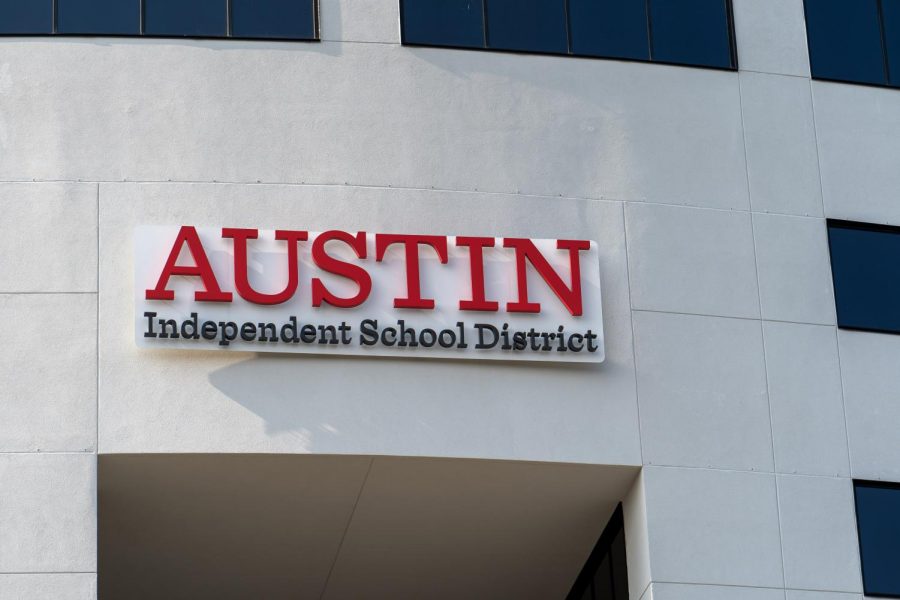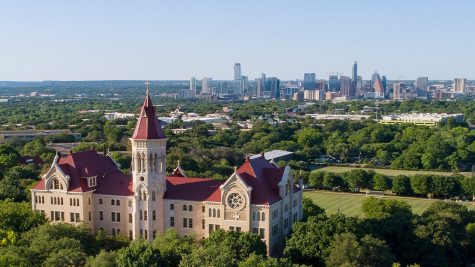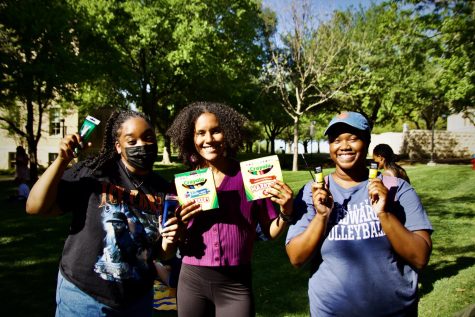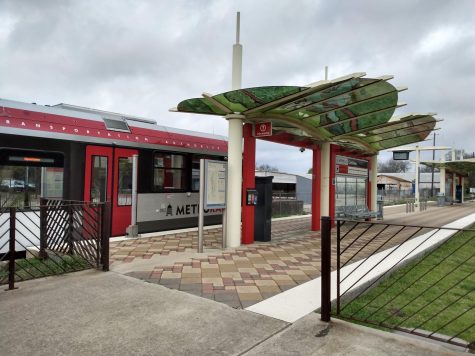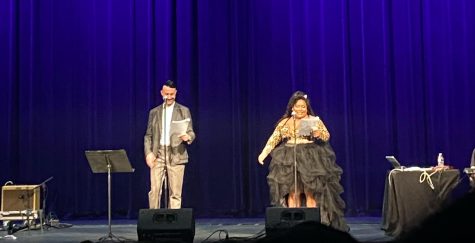AISD forces teachers to work through pandemic despite rising COVID-19 cases
AISD designed a phase-in process that aligns with the Austin Public Health (APH) Interim Guidance on Reopening for Austin-Travis County Schools. They are currently on Week 7 of their 8 Week plan, which allows 50% of facility capacity.
For those of you following along at home, my wife is a first-year first-grade teacher. She is currently working through the pandemic at a public school in Austin Independent School District (AISD), where she is expected to both teach the children that returned for in-person instruction and the remaining students on Zoom. For the time being, there are periods during the day when the students on Zoom are taught alongside the students in class, but there are also times when the students online are given asynchronous instruction — another thing the teacher is expected to prepare and deliver.
Let’s not forget the fact that these teachers are expected to do so while being underpaid, underappreciated, underfunded and overstretched. At the end of last month, protestors rallied at the AISD headquarters, demanding the return date be pushed back. After the first week of in-person learning, some AISD students planned a “sick out” day where they protested in support of their teachers.
On Oct. 19, AISD opened at 50% capacity, despite the hundreds of teachers who refused to return. In early October, Education Austin, the teachers’ and employees’ union for AISD, met with superintendent Stephanie Elizalde to discourage any consequences from teachers opting to stay home during the pandemic. At the time, she agreed, saying staff should feel comfortable and able to work remotely. Today, however, the staff is required to teach in-person unless they have a medical exemption allowing them to stay home. The school where my wife teaches allowed only one staff member to stay home for medical reasons.
While some fear the health cost, others fear the potential academic cost as some students are not enrolling in school at all. Austin has reported enrollment declines, with schools missing dozens of students in the lowest grades. Of those enrolled, many are missing state-mandated benchmarks and are falling further behind academically. My wife mentions almost every day how distracted the students are, by the other students on Zoom, the changes in their school lives like no playground time and the mask mandate.
The unfortunate reality this pandemic has brought upon is that we don’t have an effective way to educate our students, if not in person. If the safety of our children and teachers is our top priority, we can’t also prioritize education, and vice versa. At least not in the way we have set up now. This year is a major setback for the young students building the foundation of their education and learning how to be people, which makes this a major setback for teachers, who will inevitably play catchup when things do return to normal.
The same teachers who are already spread too thin are now expected to carry the weight of this pandemic on their shoulders, while children are expected to learn and function like everything is normal. Particularly for students who are young and unable to grapple with their emotions surrounding isolation and the pandemic, this year has been incredibly difficult. Forcing them to return to in-person learning is another change, another challenge, and another setback.


